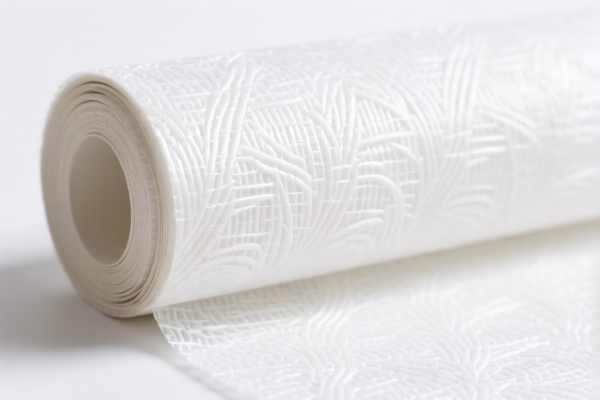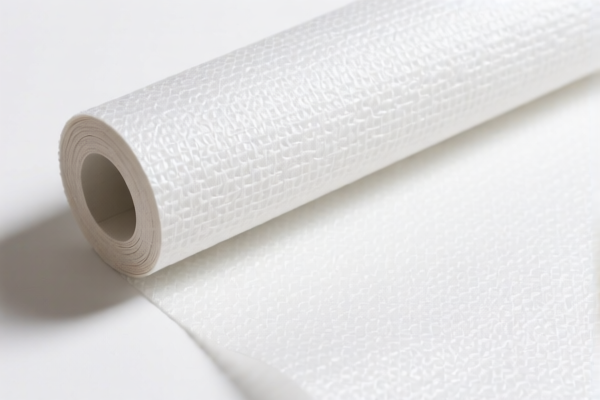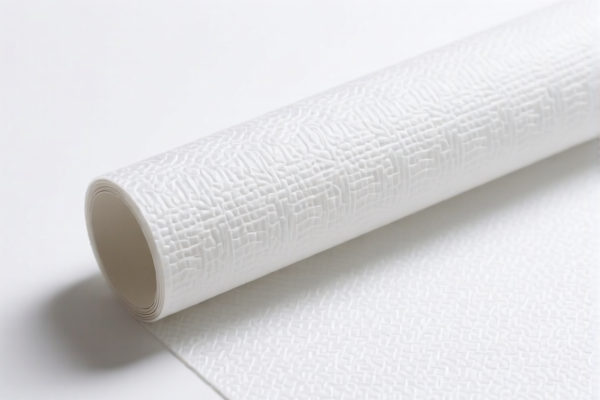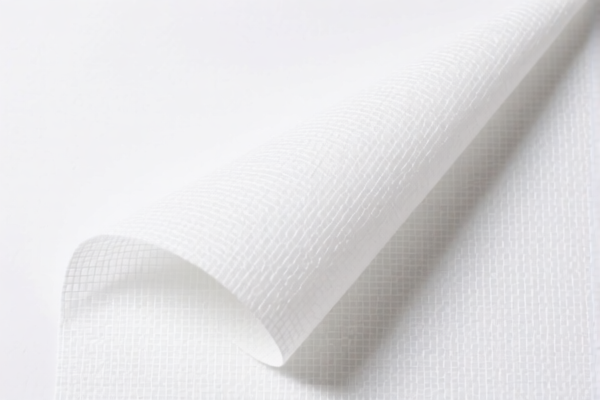| HS Code | Official Doc | Tariff Rate | Origin | Destination | Effective Date |
|---|---|---|---|---|---|
| 6210105010 | Doc | 37.5% | CN | US | 2025-05-12 |
| 6210105010 | Doc | 37.5% | CN | US | 2025-05-12 |
| 5602101000 | Doc | 67.0% | CN | US | 2025-05-12 |
| 5602109090 | Doc | 65.6% | CN | US | 2025-05-12 |
| 5911900080 | Doc | 58.8% | CN | US | 2025-05-12 |
| 3921901100 | Doc | 59.2% | CN | US | 2025-05-12 |
| 6217909095 | Doc | 52.1% | CN | US | 2025-05-12 |
| 6217909075 | Doc | 52.1% | CN | US | 2025-05-12 |
| 6212900010 | Doc | 44.1% | CN | US | 2025-05-12 |
| 6212900090 | Doc | 44.1% | CN | US | 2025-05-12 |




Nonwovens
Nonwovens are fabric-like materials made from long fibers, bonded together by chemical, mechanical, heat or solvent extraction processes. They are neither woven nor knitted and possess unique properties making them suitable for diverse applications.
Material
Nonwovens can be produced from a wide range of materials, including:
- Polypropylene (PP): Most widely used due to its low cost, chemical resistance and strength.
- Polyester (PET): Offers high strength, durability and thermal stability.
- Rayon: Derived from cellulose, known for its softness and absorbency.
- Nylon: Exhibits high strength, elasticity and abrasion resistance.
- Acrylic: Provides warmth and softness, often used in applications requiring UV resistance.
- Natural Fibers: Including cotton, wool, silk, and wood pulp, offering biodegradability and comfort.
- Biopolymers: Such as polylactic acid (PLA), offering sustainable alternatives.
Purpose & Function
The primary function of nonwovens stems from their versatility. They are engineered for specific properties such as:
- Filtration: Removing particulates from liquids or gases.
- Absorption: Holding liquids, commonly used in hygiene products.
- Barrier: Providing protection against fluids, bacteria, or other elements.
- Cushioning: Providing comfort and impact absorption.
- Reinforcement: Adding strength to other materials.
- Wiping: Cleaning and polishing surfaces.
Usage Scenarios
Nonwovens find applications across numerous industries:
- Hygiene: Diapers, sanitary napkins, wipes, incontinence products.
- Medical: Surgical gowns, masks, drapes, wound dressings, sterilization wraps.
- Agriculture: Crop covers, weed control fabrics, seed blankets.
- Construction: Geotextiles for soil stabilization, drainage, and erosion control.
- Automotive: Headliners, dashboards, interior trim.
- Packaging: Shopping bags, protective wrapping.
- Home Furnishings: Interlinings, tablecloths, upholstery.
- Filtration: Air and liquid filters, tea bags, coffee filters.
- DIY Crafts: Various projects including bags, decorations, and protective covers.
Common Types (Production Methods)
- Spunbond: Fibers are spun and laid down to form a web, then bonded. Known for its strength and low cost.
- Meltblown: Fibers are produced by extruding molten plastic through a die, resulting in very fine fibers. Used for filtration.
- Needlepunch: Fibers are mechanically interlocked using barbed needles. Creates a dense, durable fabric.
- Hydroentanglement: Fibers are entangled using high-pressure water jets. Produces a soft, drapable fabric.
- Thermal Bonding: Fibers are bonded using heat and pressure.
- Chemical Bonding: Fibers are bonded using adhesives.
- Airlaid: Fibers are dispersed in air and deposited onto a forming surface. Creates a bulky, absorbent fabric.
DIY Nonwovens Considerations
For DIY projects, polypropylene spunbond nonwovens are commonly used due to their availability, affordability, and ease of handling. They can be cut with scissors or rotary cutters, sewn with a sewing machine (using a longer stitch length), or bonded with fabric glue. Heat bonding is also possible with appropriate equipment. However, be aware that nonwovens do not have the same strength or durability as woven or knitted fabrics.
The declared goods are described as "diy nonwovens". Based on the provided reference material, the following HS codes may be relevant:
- 6210105010: Garments, made up of fabrics of heading 5602, 5603, 5903, 5906 or 5907: Of fabrics of heading 5602 or 5603: Other: Nonwoven disposable apparel designed for use in hospitals, clinics, laboratories or contaminated areas Surgical or isolation gowns.
- 62: Chapter 62 – Articles of apparel and clothing accessories, knitted or crocheted.
- 10: Heading 10 – Garments.
- 5010: Subheading 5010 – Specifically refers to nonwoven disposable apparel for medical or contaminated area use.
- 5602101000: Felt, whether or not impregnated, coated, covered or laminated: Needleloom felt and stitchbonded fiber fabrics: Laminated fabrics (223).
- 56: Chapter 56 – Wadding, felt and nonwovens; fibrous or textile products.
- 02: Heading 02 – Felt.
- 101000: Subheading 101000 – Specifically refers to laminated needleloom felt and stitchbonded fiber fabrics.
- 5602109090: Felt, whether or not impregnated, coated, covered or laminated: Needleloom felt and stitchbonded fiber fabrics: Other Other (223).
- 56: Chapter 56 – Wadding, felt and nonwovens; fibrous or textile products.
- 02: Heading 02 – Felt.
- 109090: Subheading 109090 – Refers to other needleloom felt and stitchbonded fiber fabrics.
According to the provided reference material, the HS code options related to 'diy nonwovens' are limited, with only the following 3 found.
Please note that HS code 6210105010 specifically refers to apparel designed for medical use. If the nonwovens are not apparel or are not for medical use, this code may not be appropriate. HS codes 5602101000 and 5602109090 relate to felt and nonwovens, but do not specify apparel.
Customer Reviews
No reviews yet.